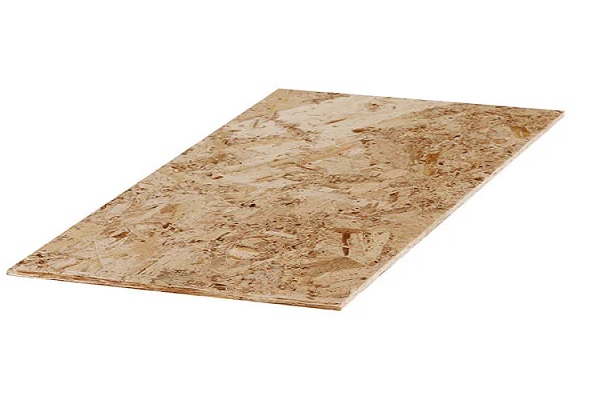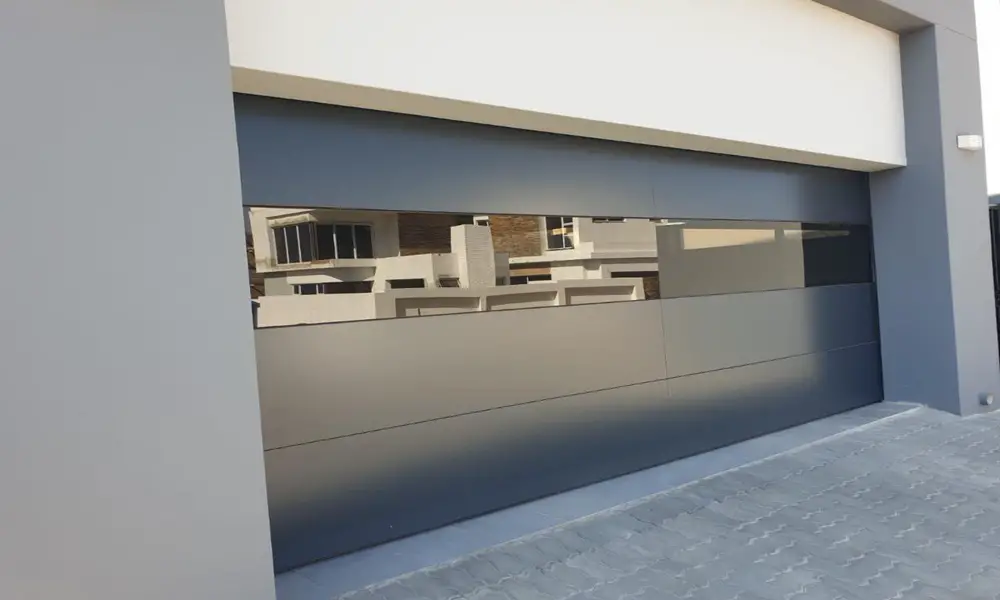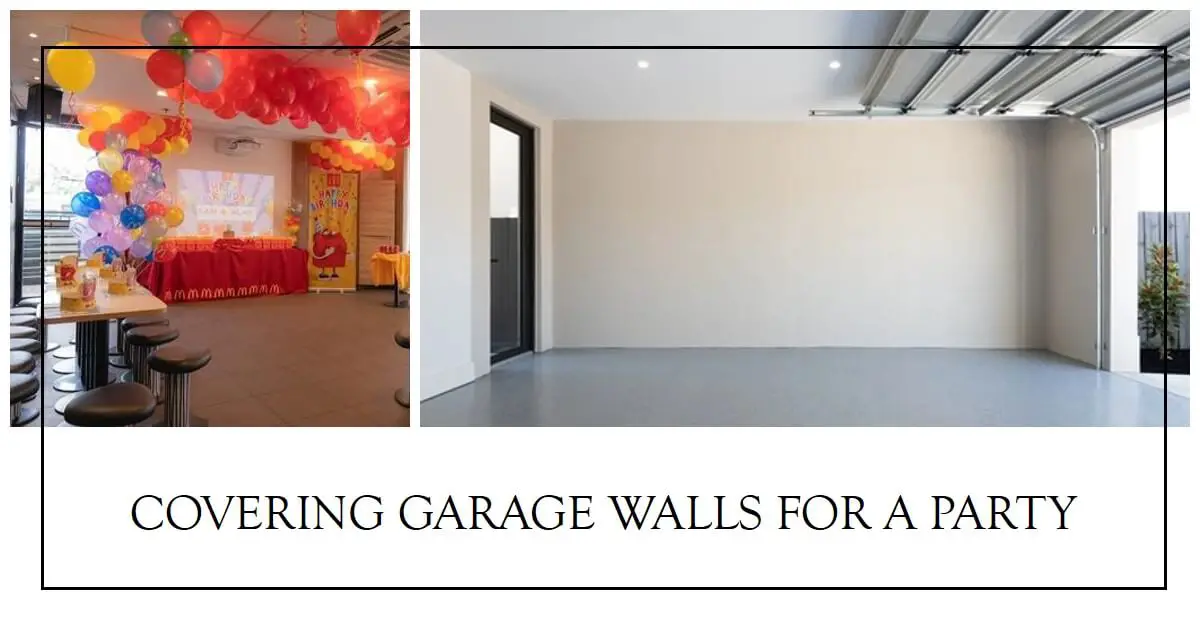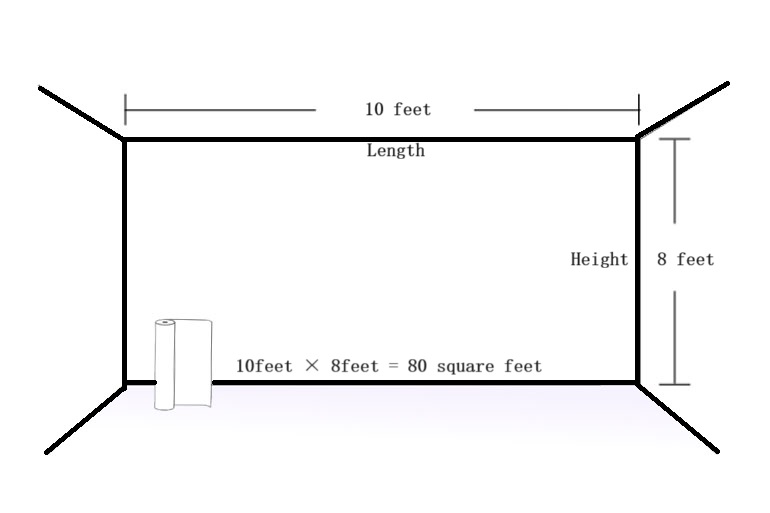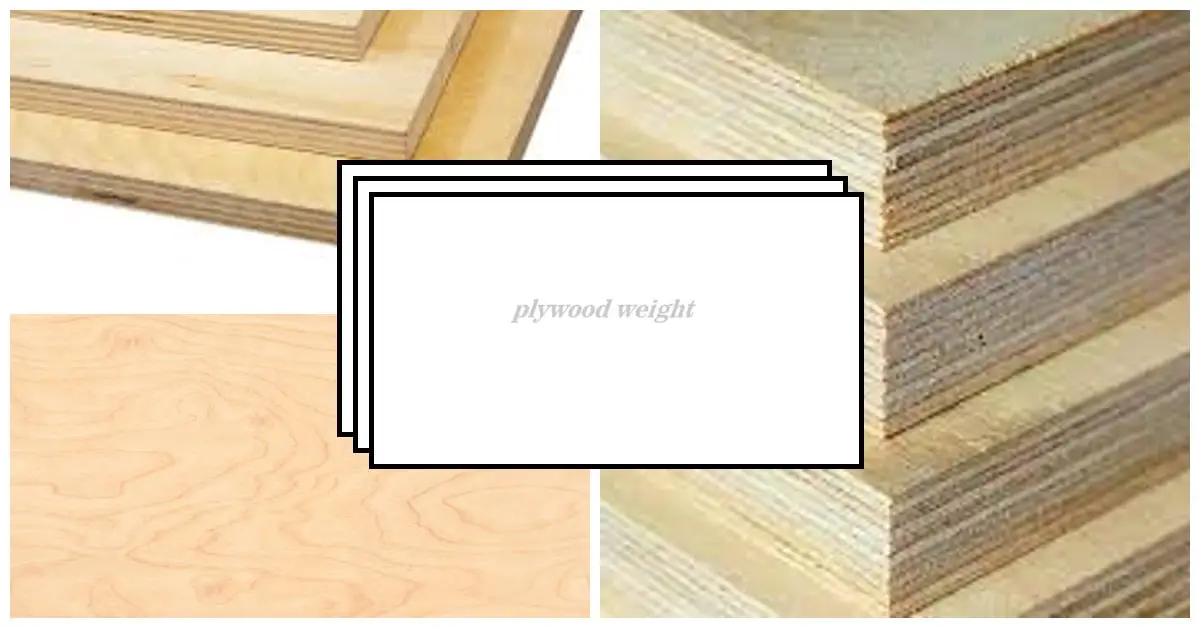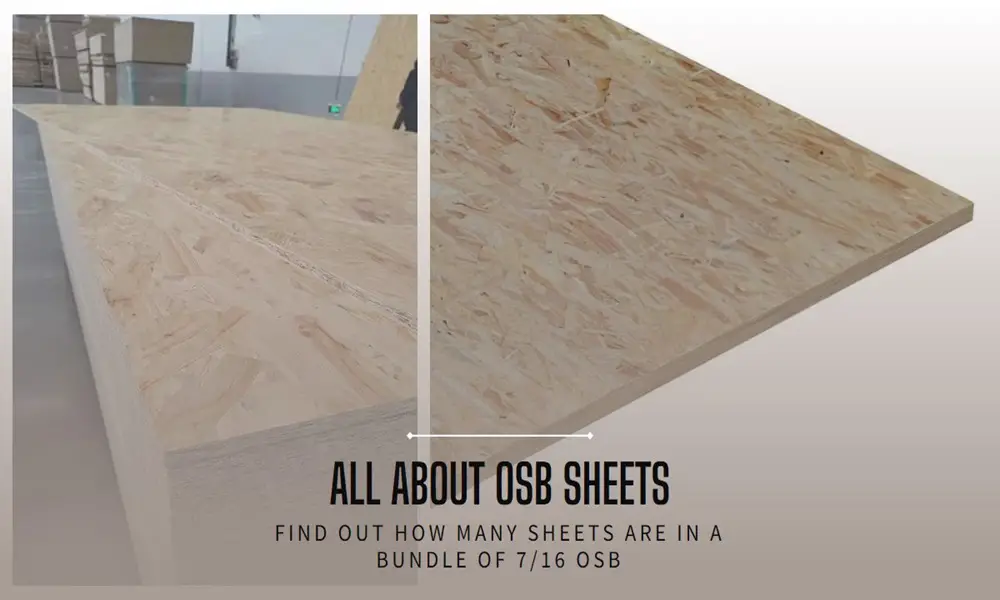How to Finish Bottom of Drywall in Garage: Tips and Tricks
If you’re looking to how to finish bottom of drywall in garage, you’re not alone. Many homeowners want to give […]
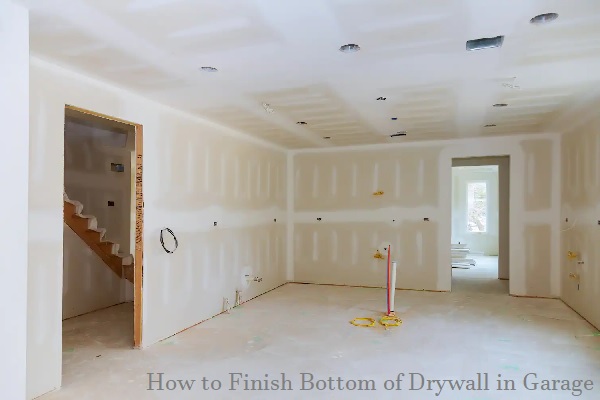
If you’re looking to how to finish bottom of drywall in garage, you’re not alone. Many homeowners want to give their garages a more finished look, and finishing the bottom of the drywall is an important step in achieving that. In this article, we’ll guide you through the process of finishing the bottom of your drywall in your garage.
Finishing the bottom of your drywall in your garage is an important step in making your garage look more finished and polished. It also helps to protect the drywall from moisture, which is important in a garage where humidity levels can be high. In this guide, we’ll take you through the process of finishing the bottom of your drywall in your garage.
How to Finish Bottom of Drywall in Garage

1. Tools and Materials Needed
Before you start, make sure you have all the necessary tools and materials:
- Measuring tape
- Drywall saw
- Drywall screws
- Drywall mud
- Drywall tape
- Sandpaper (80-grit and 120-grit)
- Paint primer
- Paint
- Paint roller and brush
- Dust mask
- Safety glasses
- Drop cloth
2. Preparation
Before you start installing drywall, you need to prepare the surface. First, clean the garage floor to remove any dirt or debris. Then, measure the height of the drywall you need to install. Mark this height on the wall using a pencil and a straight edge.
3. Cutting and Installing Drywall
Once you’ve prepared the surface, you can start cutting and installing the drywall. Measure the width of the area where you want to install the drywall and cut the drywall to fit. Use a drywall saw to cut the drywall to size.
Next, attach the drywall to the wall using drywall screws. Make sure to screw the drywall into the studs for a secure hold.

4. Taping and Mudding
Once the drywall is installed, you need to tape and mud the seams. Apply drywall tape over the seams and then apply a coat of drywall mud over the tape. Smooth out the mud with a drywall knife, making sure to feather the edges.
5. Sanding
After the drywall mud has dried, use 80-grit sandpaper to sand down any high spots. Then, use 120-grit sandpaper to smooth out the surface. Be sure to wear a dust mask and safety glasses while sanding to protect yourself from dust and debris.
6. Priming and Painting
Before painting, apply a coat of primer to the drywall. This will help the paint adhere better and ensure an even finish. Once the primer has dried, apply two coats of paint. Use a roller to apply the paint in long, even strokes.
7. Finishing Touches
After the paint has dried, you can add finishing touches to the bottom of the drywall. You can install baseboards or trim to cover up the edges of the drywall.
8. Clean Up
After completing the finishing touches, it’s time to clean up the workspace. Remove any drop cloths and sweep up any debris or dust. Wipe down the walls and floor to ensure they’re clean and free of any dust or debris.
9. Tips and Tricks
Finishing the bottom of drywall in your garage can be a daunting task, but with these tips and tricks, you can make the process easier and more efficient:
- Use a drywall lift: If you’re working alone or with a small team, a drywall lift can be a lifesaver. It will hold the drywall in place while you attach it to the wall, saving you time and effort.
- Use the right drywall screws: When attaching the drywall to the wall, make sure to use the appropriate screws. Drywall screws are designed to hold the drywall securely in place without damaging it.
- Cut the drywall in advance: If you’re short on time, you can save time by cutting the drywall to size before installation. This will make the installation process faster and more efficient.
- Use a taping knife: A taping knife is a long, flat tool that’s designed to apply drywall mud smoothly and evenly. Using a taping knife can help you achieve a professional-looking finish.
- Feather the edges of the drywall mud: When applying drywall mud, make sure to feather the edges. This means smoothing out the edges of the mud to create a seamless finish.
- Sand between coats: Sanding between coats of drywall mud and paint can help to achieve a smoother finish. Be sure to use fine-grit sandpaper and take care not to over-sand.
- Use a primer with stain-blocking properties: If you’re finishing bottom of drywall in a garage that’s prone to moisture, use a primer with stain-blocking properties. This will help to prevent any stains from bleeding through the paint.
- Use a drop cloth: Before you start painting, make sure to protect the floor with a drop cloth. This will prevent any paint from dripping onto the floor and creating a mess.
By following these tips and tricks, you can make the process of finishing bottom of drywall in your garage more efficient and achieve a professional-looking finish.
10. Common Mistakes to Avoid
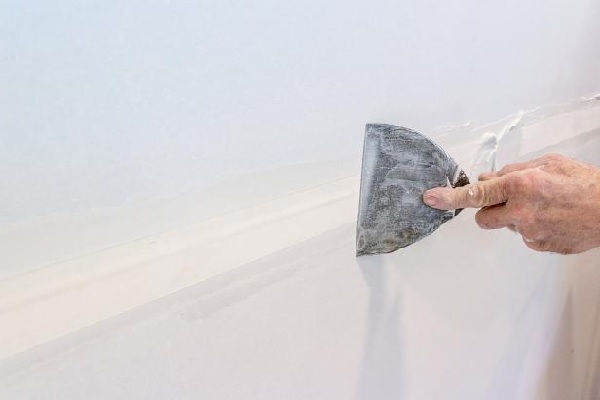
While finishing bottom of the drywall in your garage may seem like a straightforward task, there are some common mistakes that homeowners make that can affect the quality and longevity of the finish. Here are some common mistakes to avoid:
- Not measuring accurately: One of the most important steps in finishing bottom of your drywall is accurately measuring the height and width of the area you want to cover. Failing to measure correctly can result in a poor fit or uneven finish.
- Ignoring the importance of surface preparation: Proper surface preparation is key to achieving a smooth and even finish. Make sure to clean the garage floor thoroughly before starting and take the time to patch any holes or cracks.
- Over-sanding: While sanding is an important step in finishing drywall, over-sanding can lead to uneven surfaces and can even damage the drywall itself. Use a light touch when sanding and be sure to wear protective gear.
- Rushing the taping and mudding process: Taping and mudding are important steps in creating a seamless finish. Rushing through these steps can result in visible seams and a less polished look.
- Skipping the primer: Applying primer is an important step in ensuring that the paint adheres properly and results in an even finish. Skipping this step can lead to uneven paint and a less durable finish.
By avoiding these common mistakes, you can ensure a smooth and professional-looking finish for the bottom of the drywall in your garage.
Conclusion
Finishing the bottom of the drywall in your garage can be a time-consuming process, but the end result is well worth it. By following the steps outlined in this guide, you can achieve a polished and finished look in your garage, while also protecting the drywall from moisture. With the right tools and materials, you can accomplish this project with ease.
FAQs
- Do I need to use a primer before painting?
Yes, using a primer is important to ensure the paint adheres well and to create an even finish. - Can I use regular drywall mud in my garage?
es, you can use regular drywall mud in your garage, but you may want to consider using a moisture-resistant version to protect against humidity. - Do I need to sand between coats of paint?
It’s not necessary to sand between coats of paint, but it can help create a smoother finish. - How long does the drywall mud need to dry before sanding?
It’s recommended to wait at least 24 hours for the drywall mud to dry before sanding. - Can I install the drywall myself or should I hire a professional?
You can install the drywall yourself if you have the necessary tools and experience, but hiring a professional can ensure a smoother and more polished finish.
